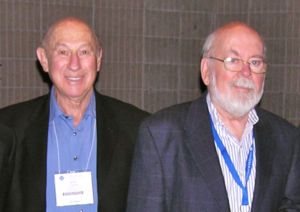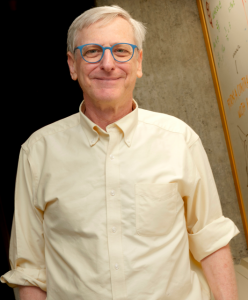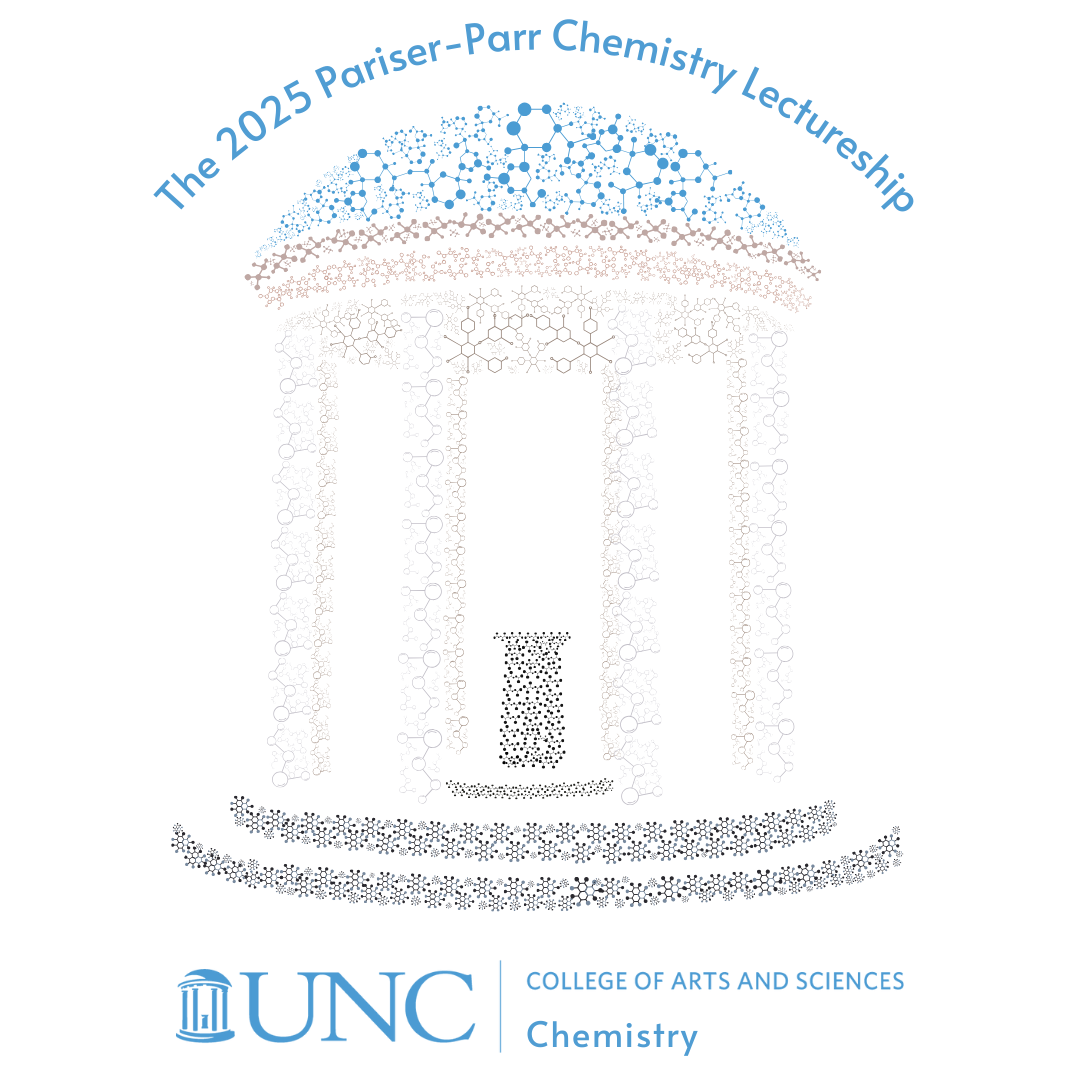October 2, 2025 | By UNC-Chapel Hill Chemistry Communication
The Department of Chemistry is proud to announce that David N. Beratan, R.J. Reynolds Professor of Chemistry at Duke University, will deliver the 2025 Pariser-Parr Lectureship at UNC-Chapel Hill. Prof. Beratan is internationally recognized for his pioneering work in theoretical chemistry. Lectures will take place on October 9, and 10, 2025.
Lecture Schedule
- General Lecture: Adventures in Biological Electron Transfer Theory
- Specialized Talk: Electron Bifurcation Theory
About the Lectureship

Established by the Pariser and Parr families, the annual Pariser-Parr Lectureship brings leading scientists to UNC to expose students to cutting-edge research in theoretical chemistry. The lectureship honors the legacy and friendship of Dr. Rudolph Pariser and Professor Robert Parr, whose groundbreaking contributions continue to shape the field.
“We thank the Pariser and Parr families for their generosity and look forward to many more lectures in honor of these two scientific pioneers.”
About the Lecturer

David N. Beratan, PhD, is a distinguished chemist whose research explores the physical origins of function in molecules and molecular assemblies, particularly those involved in energy transduction in biological systems. He earned his B.S. in Chemistry from Duke University and his Ph.D. from the California Institute of Technology. Prof. Beratan is a member of the National Academy of Sciences.
Dr. Beratan has held prestigious fellowships and visiting appointments at institutions including Oxford University, the University of Pennsylvania, and the University of Chicago. He is a Fellow of the American Chemical Society, American Physical Society, AAAS, and the Royal Society of Chemistry. His accolades include the Feynman Prize for Nanoscience, the Cozzarelli Prize, and multiple awards from the ACS and RSC. He is a member of both the National Academy of Sciences and the International Academy of Quantum Molecular Science.
Lecture Abstracts
General Lecture: Adventures in Biological Electron Transfer Theory
Modern electron transfer theory emerged in the 1950s. Within a decade it was being used (and misused) to describe the inner working of molecular bioenergetics. By the 1970s, it had become clear that biological electron transfer was likely described by vibronically coupled electron tunneling. Our early studies aimed to understand how a protein’s fold may influence electron tunneling rates in the proteins of bioenergetics. These studies were accelerated by dramatic advances in experimental and computational tools. I will discuss the history and evolution of this field, and will describe our contributions to the theories of electron tunneling pathways, flickering resonance transport, and hopping transport in biomolecules.
Specialized Talk: Electron Bifurcation Theory
Electron bifurcation, the splitting of electron pairs into high and low energy pools, underpins energy storage and catalysis in living systems. Redox networks that bifurcate electrons do so at very low thermodynamic cost, accomplishing a Maxwell’s Demon like process. The inner workings of electron bifurcating enzymes are poorly understood, especially with respect to how energy dissipating (short-circuiting) reactions are avoided between the high- and low-energy electron transport pathways. A key feature of electron bifurcation networks is that they link three redox pools at very different potentials. I will show how we are modeling electron bifurcation networks and will describe classes of redox energy landscapes that naturally insulate the bifurcation networks from short-circuiting. The correlated many-particle flow in these networks is, in fact, essential for their function. I will review the physical principles that appear to underpin electron bifurcation, will contrast them with single-electron transfer networks, and will explore open questions and opportunities.


